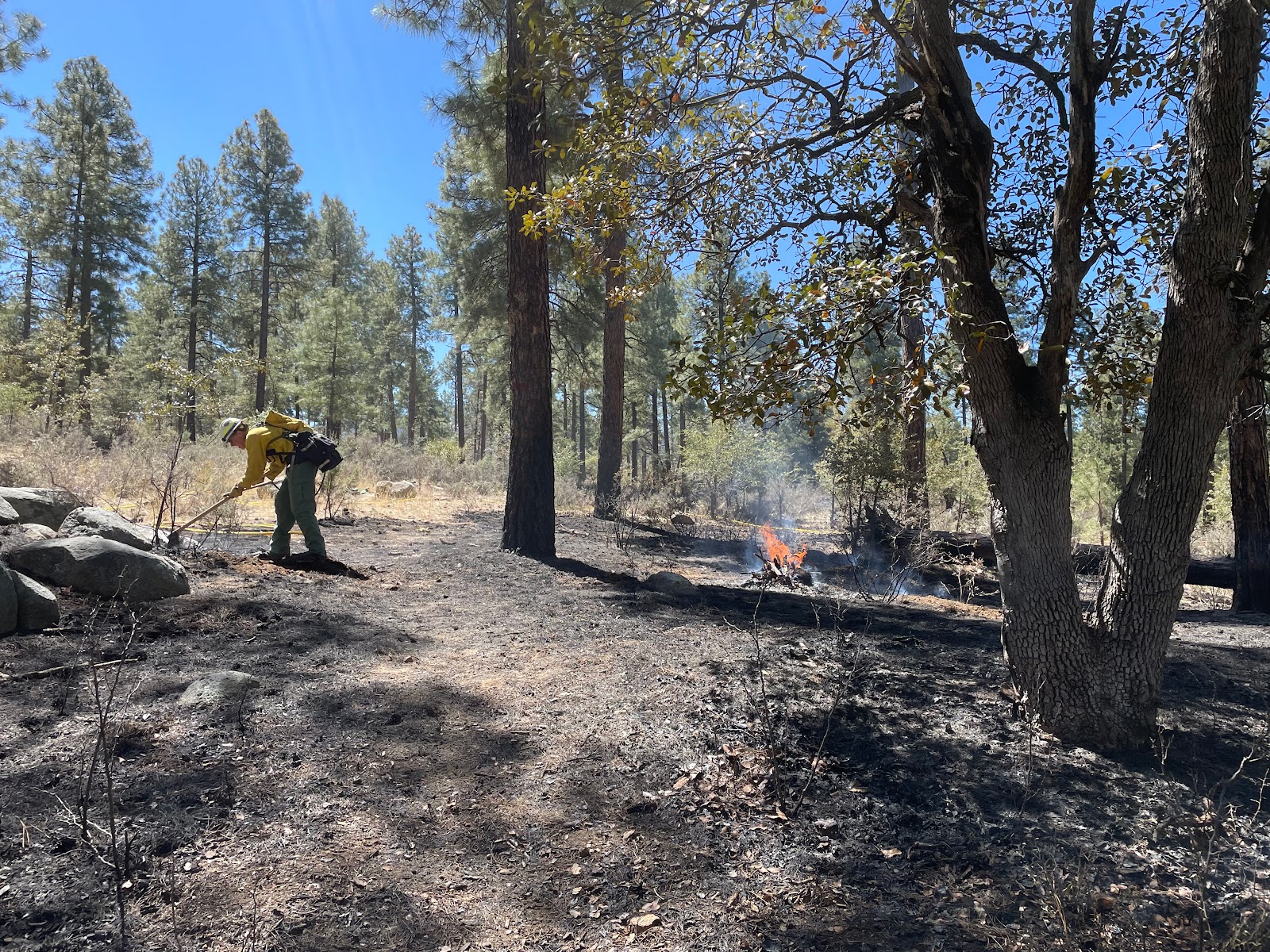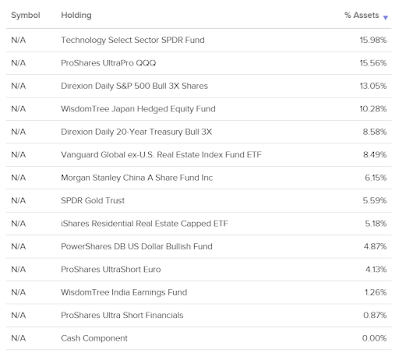Part of the history of my blogging is to say it’s a look over my shoulder for anyone whose interested at how I manage client portfolios and also the process of aging as I started blogging at the original site in 2004 when I was 38. I wrote similar posts at 40 and 50 and then thought I’d go every five years and wrote one last year at 55 but somehow now, it seems like a lot can happen in a year and so what to capture how my thoughts evolve either quickly or slowly on certain things. If anyone is interested in that and can learn anything, all the better.
Fifty-Six is well past the age where you should understand
how on track you are or are not for retiring or whatever comes after your
primary career, assuming you even want to retire. Not everyone can be on track
at 50 or 55 or 60, I am saying though that you should know where you stand.
For the last few years I’ve thought about my readiness to
retire (I have no desire to retire) as follows; if my hand was forced in some
scenario that I can’t envision, could we last, financially until 62 before I
could take Social Security? If the answer is yes, how much longer past 62 could
I last in line with my preference to take Social Security as late as possible?
A lot would have to have gone wrong for me to be in the position of trying to
figure making it to 62 or 66 or whatever to take Social Security.
Julie Biel, a portfolio manager at Kayne Anderson said “you
can’t predict, you can only prepare.” It’s a far more succinct expression of a
point I’ve been making for years. I’m not trying to guess what might go
wrong, just trying to be prepared if something goes wrong. If things go
seriously sideways, how resilient are we? That’s what I care about, I’ve
written about this countless times because I believe it to be a crucial
component of financial planning. What is your Plan B? Should you have a Plan C?
If you’ve been following along for the last few years you
may have noticed I care a lot more about health stuff. I’ve always cared about
health, I have always lifted weights and stayed in shape but I knew nothing
about diet as it turned out. At 50, I was prediabetic. It took me about 10
minutes to find out about low carb eating, I started the day I got my
diagnosis, reversed the prediabetes right away and lost 30 pounds I didn’t know
I needed to lose.
There is no malady that exists where low carb hasn’t been
studied as a possible treatment or tool to better manage that malady. I’m not
saying it cures everything but if you do the research, it cures a lot and
again, if you have some condition, I promise low carb has been studied. The
odds of things going wrong medically go way down when you build muscle mass and
lose fat around your mid-section. There’s too much here to go into greater
detail but I am glad to talk to anyone about this, I’ve also created a list onTwitter that you can follow but I am convinced that low carb is a miracle.
But there is a financial planning aspect to this that I
connect to in posts all the time, which is the money you’re not spending on
prescriptions and doctor’s visits. On your insurance, how much would you have
to pay for insulin? For some people it’s hundreds of dollars/mo. Someone in one
of my circles takes a medication for seizures (there’s research on low carb for
seizures). As I understand his insurance, once he exhausts his benefit, he has
to pay out of pocket and it’s a little under $1000/mo for what I think is 9
months of the year.
How much money do you make? How much can you afford to spend
on new “age-related” prescriptions? Someone making $10,000/mo, a fine living I
think, might net somewhere between $7000 and $8000. Having to shell out $1500
for prescriptions sounds like a lot of money to me, it sounds problematic to
me. We can’t be assured of the outputs we want but we can control the inputs,
do what we have to in order to have the best chance of the outputs we want.
Lift weights and cut carbs. I know most people will not do these things but
they are making their lives much more difficult. At 56 and 50 we have no prescriptions
and save about $1000/mo going with crappy health insurance because thankfully
we can get away with crappy health insurance. That’s real money we’re not spending all
through our 50’s…hopefully longer. I see more and more advisors getting on the
bandwagon with me trying to promote healthy habits because it absolutely is a
financial planning issue. Circling back above, if my hand was forced out of my
work, having to spend $1500/mo on health insurance and another $1500 on
prescriptions would be a serious financial threat. And then what are those
$1500 items going to cost in two years or four years? Poor health is a serious
financial threat.
Quite a few of my followers on Twitter follow me for health
stuff. Here’s an accountability thread with a little more detail if you’re
interested.
I’ve come to care more about optionality and resilience over
the last few years, writing about them more frequently. The world seems like
it’s gotten crazier and I want to be less vulnerable to whatever craziness ends
up meaning. The financial implication is a newfound willingness to invest in
convenience. The simplest example of this was putting our house on solar with
battery backup not because we fear some sort of post-societal outcome but the
grid infrastructure where we live is old, like hard-to-find parts old, and it
is not clear when or if they are going to spend the money to modernize it. The
problem with a propane generator is that the propane company can’t drive up our
road to make a delivery when there’s snow/ice and in the right (or wrong)
circumstance, we could use all our propane running a generator for a week or
so. We’ve applied that mindset to other things, other conveniences too.
I continue to cultivate my Plan B of working on large fires
in incident management. I’ve kind of thought this door was open to me. It turns
out that is probably is open, better odds than I thought is fair to say. If I
do have that opportunity, it is for reasons I’ve been writing about for ages.
I’ve given my all to the volunteer endeavor that I love doing for many years.
I’ve been very involved in the Prescott fire community since before I became
chief, I’ve been the chief for a little over 10 years now.
When I’ve written about monetizing your hobby, I talk about
taking a long runway and that’s what I’ve done with the fire department. It’s
important to walk the walk.
The last thing I’ll hit on is investment philosophy. For
personal accounts, I have come to have a greater appreciation for the stock
market’s ergodicity, that no matter how much or how little we do, the stock
market will continue to work from the lower left of the chart to the upper
right. Maybe at a slower rate, maybe at a fast rate but either way that will
continue. For clients, many holdings have been in the portfolio for more than
ten years which is a nod to ergodicity but I am also focused on reducing their
volatility so that their income needs are not disrupted when the stock market
does something crazy.
The world may continue get even crazier. All of the above priorities could maybe be summed up as knowing when to be orthogonal to what everyone else is doing, trying to do all I can to navigate to all of the outcomes we want for ourselves.
The picture is from last weekend, I'm mopping up at drill that had live fire.




No comments:
Post a Comment